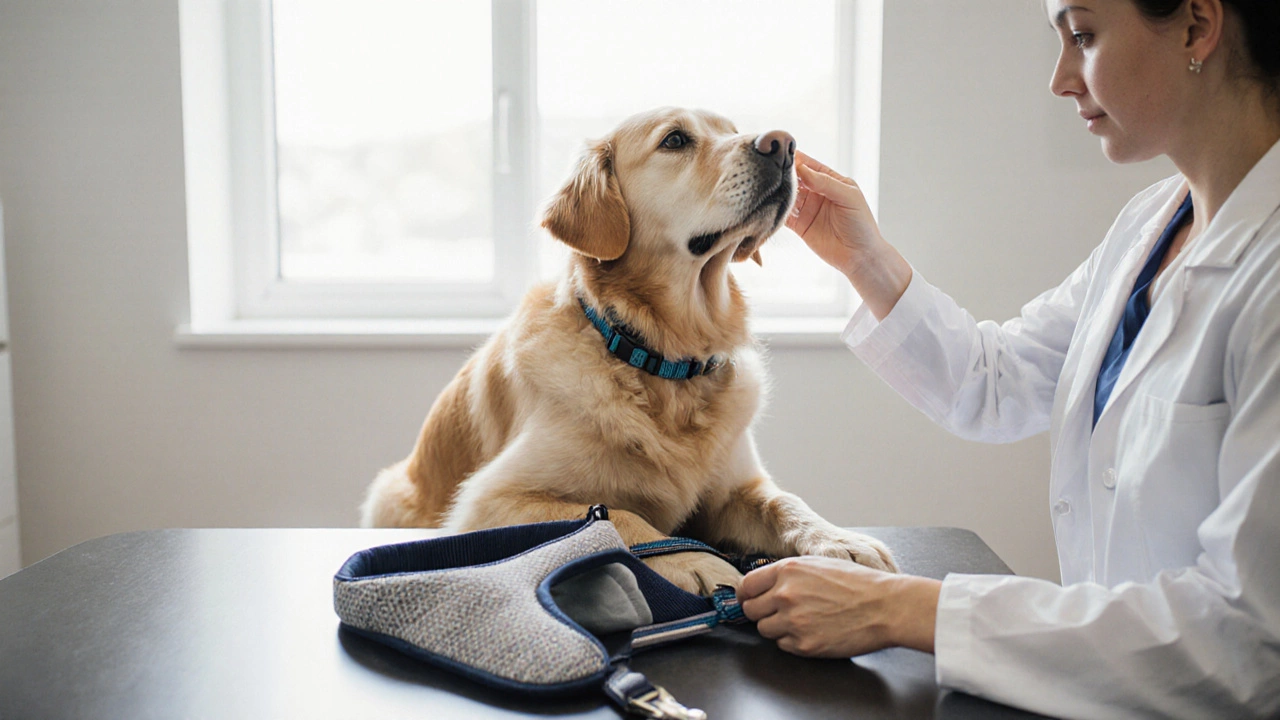Dog Walking Safety: Tips, Tools, and Best Practices
When it comes to Dog Walking Safety, the set of habits, equipment, and awareness that protect both owner and canine during walks. Also known as Canine walking safety, it covers route choice, weather prep, and how you handle your dog’s behavior.
One of the biggest safety boosters is the right No-Pull Harness, a snug‑fit piece that redirects pulling force and reduces neck strain. Paired with a sturdy Dog Leash, typically a 4‑6 foot nylon or leather line with a reliable clip, you create a control system that lets you react quickly to traffic, other dogs, or sudden distractions. The combination of harness and leash forms the core equipment triple: safety gear enables confidence, confidence encourages calm walking, and calm walking reduces accidents.
Key Elements of Safe Dog Walking
First, assess the environment. Urban sidewalks demand eye contact with drivers, while trails may bring wildlife or uneven footing. Knowing where hazards hide lets you plan detours before they become problems. Second, consider your dog’s health. Puppies under three months lack full vaccination, so they should avoid crowded parks. Older dogs might need shorter walks or joint‑supporting boots. Third, train basic commands—"stay," "heel," and "leave it"—so you can redirect attention without pulling hard on the leash.
Training ties directly into safety. A well‑behaved pup is less likely to chase a squirrel, which often leads to leash breakage or a sudden dash into traffic. Using positive reinforcement, such as treats and praise, shortens the learning curve and builds trust. When the dog learns to walk beside you, you can keep an eye on the road ahead rather than constantly looking back at the leash.
If you run a Dog Walking Business, a service that takes multiple dogs out for exercise and socialization, safety becomes a brand promise. Carry a first‑aid kit, know the location of nearby vets, and always have a backup leash. Many clients look for walkers who use no‑pull harnesses and have a clear protocol for emergencies; offering that builds credibility and reduces liability.
Weather can flip a safe walk into a risky one in minutes. In heat, watch for panting, sticky paws, and signs of overheating; early morning or evening walks cut the temperature. In cold, protect short‑haired breeds with a doggy sweater and watch for ice underfoot. Rain can make sidewalks slippery, so a boot with good grip becomes essential. Adjusting your gear and timing to the forecast keeps the walk enjoyable instead of hazardous.
Another often‑overlooked factor is the social setting. Dogs that aren’t socialized may grow anxious when other dogs pass, leading to lunging or growling. Gradual exposure, starting with calm, leashed dogs at a distance, helps them learn to tolerate proximity. If anxiety spikes, a calming collar or a short break in a quiet spot can prevent escalation.
Finally, keep your own safety in mind. Wear bright colors or reflective strips if you walk after dark, and use a light‑ed leash clip that glows. Carry a phone, an ID tag on your dog, and a small amount of cash for unexpected vet visits. A quick mental checklist before each walk—gear, route, dog health, weather—turns safety into a habit rather than an afterthought.
All these pieces—equipment, training, environment, health, and personal preparedness—link together to form a comprehensive safety system. Below you’ll find a hand‑picked collection of articles that dive deeper into each area, from choosing the best no‑pull harness to mastering the basics of a dog walking business. Explore the guides and arm yourself with the knowledge to make every walk a safe adventure.
Veterinarian Advice: Collar vs Harness for Dogs - Which Is Safer?
Find out whether vets favor collars or harnesses, learn the health pros and cons, and get a step‑by‑step guide to fit the right gear for your dog.
